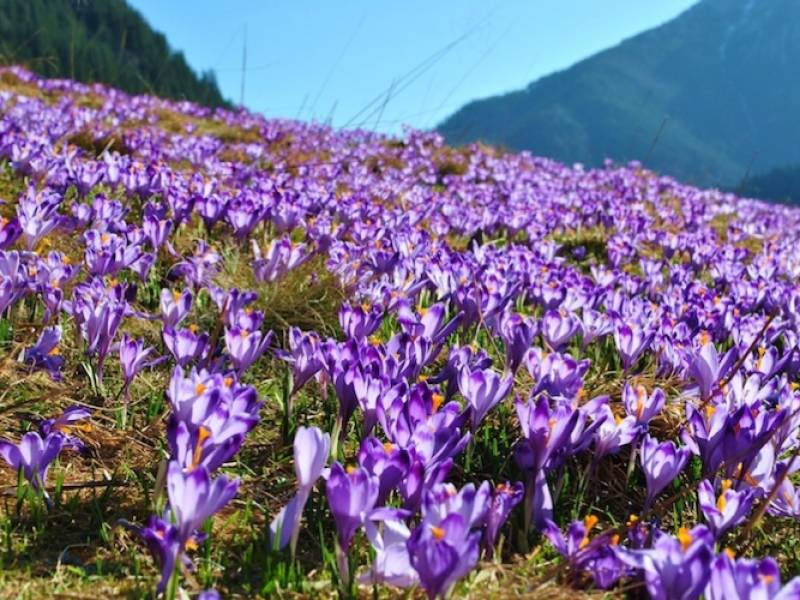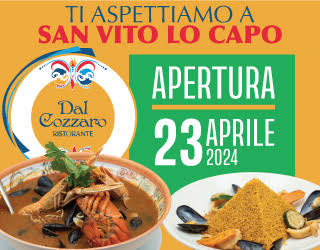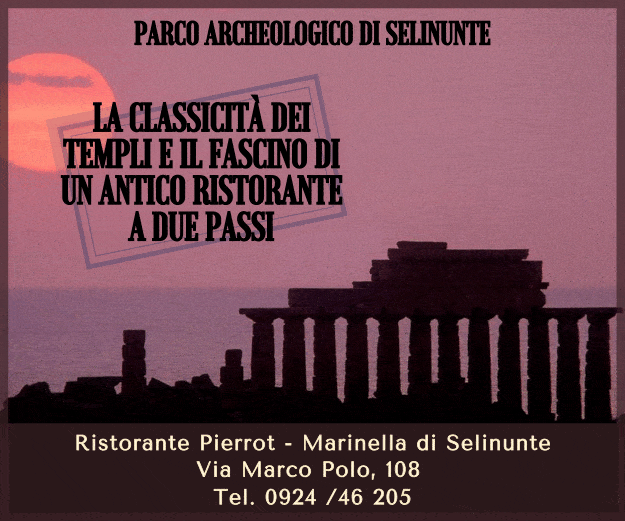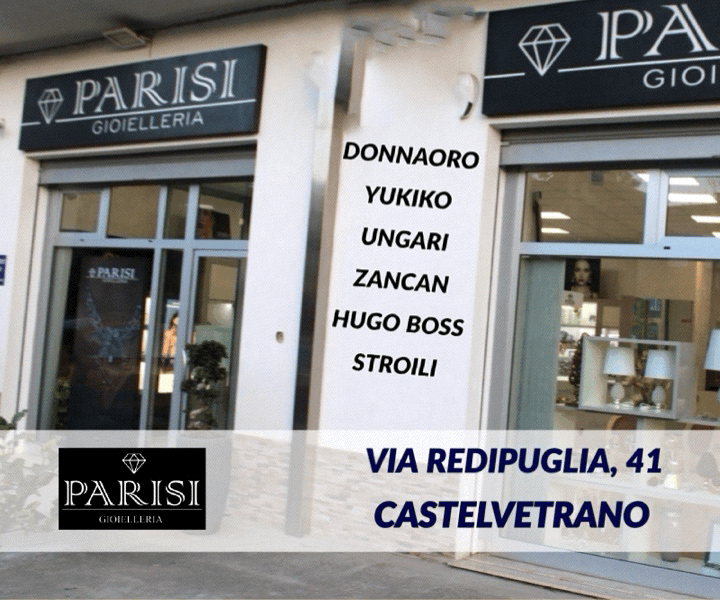Alla scoperta della carrubo e zafferano cuore agreste della nostra terra. Ecco da dove derivano
di:  Carolina Ragusa - del 2020-05-16
Carolina Ragusa - del 2020-05-16

Cari amici di CastelvetranoNews, ben trovati! Dopo i tour delle scorse settimane, tra le incantevoli località di mare di Marsala e Pantelleria e i suggestivi scenari dell’Etna, non siete curiosi di scoprire dove ci porterà oggi la nostra avventura all’interno di #Siculamente?

Beh, vi anticipo da subito che questa volta faremo tappa nella mia provincia di appartenenza, e dunque a Ragusa. In particolare, saliremo sui Monti Iblei e cercheremo di conoscere tutto lo splendore che caratterizza la natura incontaminata della Sicilia Sud-orientale. Tra il dolce andamento dei rilievi e le verdeggianti vallate, i nostri occhi potranno ammirare una flora particolarmente ricca e variegata.
E infatti sono proprio sicura che rimarremo incantati dalla presenza di millenari e maestosi carrubi e da quella dei graziosissimi fiori dello zafferano. Fiori che nei mesi autunnali colorano di viola gli immensi prati e le enormi distese di terra.

Vi siete tuttavia chiesti a chi dobbiamo le origini etimologiche di queste bellezze che la natura ci regala? Carrubo e zafferano sono due termini che affondano le loro radici nell’antica popolazione araba che nei secoli passati ha dominato la nostra amata isola. Nello specifico, carrubo deriva da “kharrūb” mentre zafferano da “za‘farān”.
Ma il nostro viaggio non finisce mica qui! E già, perché accanto alle bellezze naturali, gli altopiani e le vallate degli Iblei sono riccamente disseminati dalla presenza di antichissime costruzioni in pietra. Passeggiando tra le neviere e i muretti a secco avremo il piacere di leggere ed interpretare gli scenari culturali e di cogliere le tracce delle generazioni e dei popoli che ci hanno preceduto. Ma la pietra, vera protagonista di tale paesaggio, la ritroviamo anche nei bagli e nelle masserie.
Entrambi rappresentano il cuore agreste della nostra cara terra e, come nel caso del carrubo e dello zafferano, anche qui c’è dietro lo zampino degli Arabi. Questi ultimi, infatti, identificavano con il termine “mazra‘a” le nostre masserie e dunque quelle che potremmo definire come abitazioni di campagna situate su terre coltivate e con il termine “bāḥa” il nostro baglio, ovvero il cortile presente proprio all’interno delle masserie. Bene, adesso ci siamo! Avremo maggior consapevolezza quando alle prime piogge estive, andremo alla ricerca del tanto raro quanto prelibato fungo di carrubo; quando tra settembre ed ottobre raccoglieremo lo zafferano per poi essiccarlo e trasformarlo in una delle spezie più preziose al mondo; quando ci troveremo all’interno di un’antica masseria dinanzi ad una bella scodella di ricotta calda. Eccoci giunti anche oggi alla fine del nostro viaggio! Io come sempre non posso che salutarvi con affetto e darvi l’appuntamento alla prossima settimana sempre qui su #Siculamente.
Dear friends of CastelvetranoNews, well found! After the journeys of the past few weeks, between the enchanting seaside towns of Marsala and Pantelleria and the evocative scenarios of Etna, are you not curious to find out where our adventure inside #Siculamente will take us today? Well, I anticipate you immediately that this time we will stop in my province, and therefore in Ragusa. In particular, we will climb the Monti Iblei and we will try to get to know all the splendor that characterizes the unspoiled nature of South-Eastern Sicily. Between the gentle course of the hills and the green valleys, our eyes will admire a particularly rich and varied flora. And in fact I'm really sure that we will be enchanted by the presence of millennial and majestic carob trees and by that of the very pretty saffron flowers. Flowers that, in the autumn months, give the purple color to the immense meadows and the vast lands. However, have you asked yourselves to whom we owe the etymological origins of these beauties that nature gives us? Carob and saffron are two terms that have their roots in the ancient Arab population that has dominated our beloved island in past centuries. Specifically, carob tree derives from “kharrūb” while saffron from “za'farān”. But our journey doesn't stop here! Yes, because alongside the natural beauty, the highlands and valleys of the Iblei are richly scattered by the presence of ancient stone buildings. Walking through the icehouse and the dry stone walls we will have the pleasure of reading and interpreting the cultural scenarios and of picking up the traces of the generations and peoples that preceded us. But we also find the stone, the true protagonist of this landscape, in the beams and farms. Both represent the rural heart of our dear land and, as in the case of the carob and saffron, there is the hand of the Arabs here. They, in fact, identified the Italian masserie with the term “mazra'a” and therefore what we could define as country houses located on cultivated lands and with the term “bāḥa” the Italian baglio, that is the courtyard right inside of the farms. Well, all right! We will become more aware when, at the first summer rains, we will go in search of the rare and delicious carob mushroom; when between September and October we will collect saffron and then dry it and transform it into one of the most precious spices in the world; when we find ourselves inside an old farmhouse in front of a nice bowl of hot ricotta. Here we are again at the end of our journey! As always, I can only greet you with affection and give you the appointment for the next week, always here on #Siculamente.

















